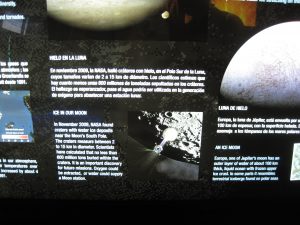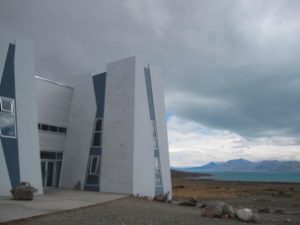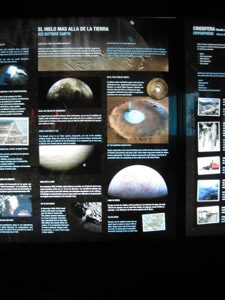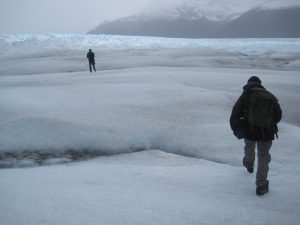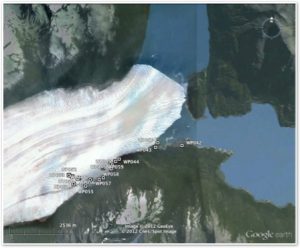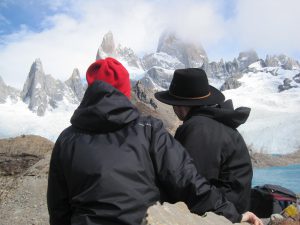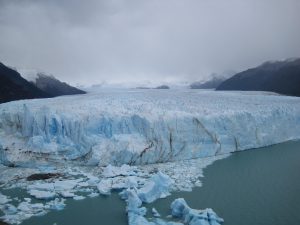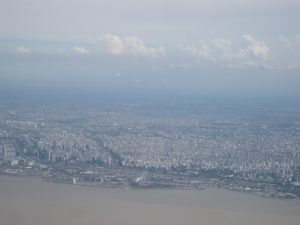50d 20m 11.6s S, 72d 20m 22.5s W (WP061)
For those who knew of my work at NASA, I was involved in a lunar impactor mission, LCROSS (Lunar CRater Observation and Sensing Satellite), from 2006-2009, a mission that confirmed the presence of water in the form of water ice within the lunar south pole crater Cabeus. LCROSS may be eternally at Luna Coords 84° 43’S, 49° 37’W, LCROSS was recently spotted at Terran Coords 50° 20’S, 72° 20’W. Today we visited the local museum devoted to the study of ice and glaciers: Glaciarium. http://www.glaciarium.com/
Upon display look what we found! Although not named specifically, the artwork was quite familiar. Actually from all the other satellite imagery of ice/glaciers, etc. the museum would credit NASA Johnson Space Center or JPL, almost at random. Anyway, the curator was kind to allow me to take some snap shots!
It was a fun surprise. (top) Glaciarium – Museum about ice. Off in the distance is Lago Argentino, the largest freshwater lake in Argentina. (bottom) Picture of the display on ice in our solar system.

